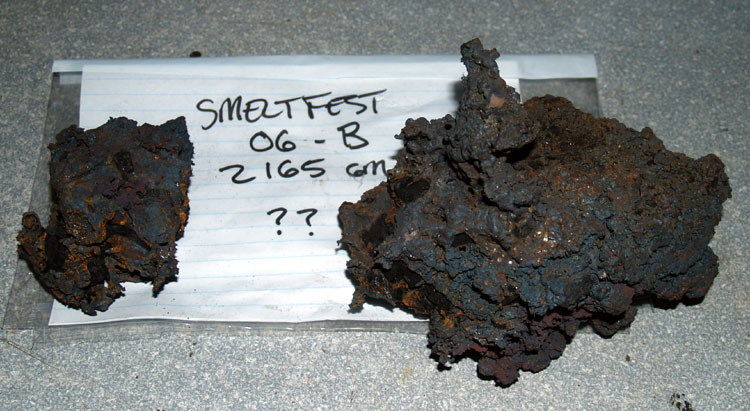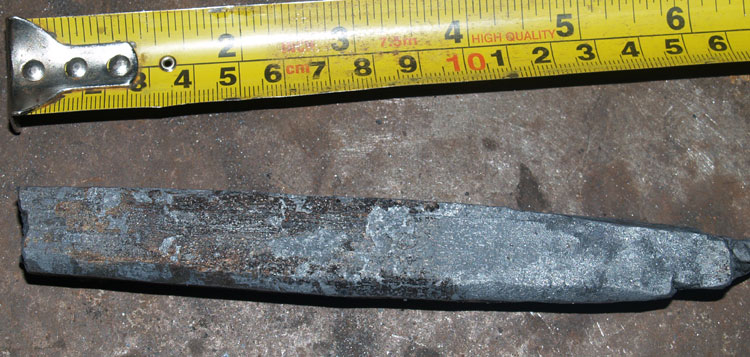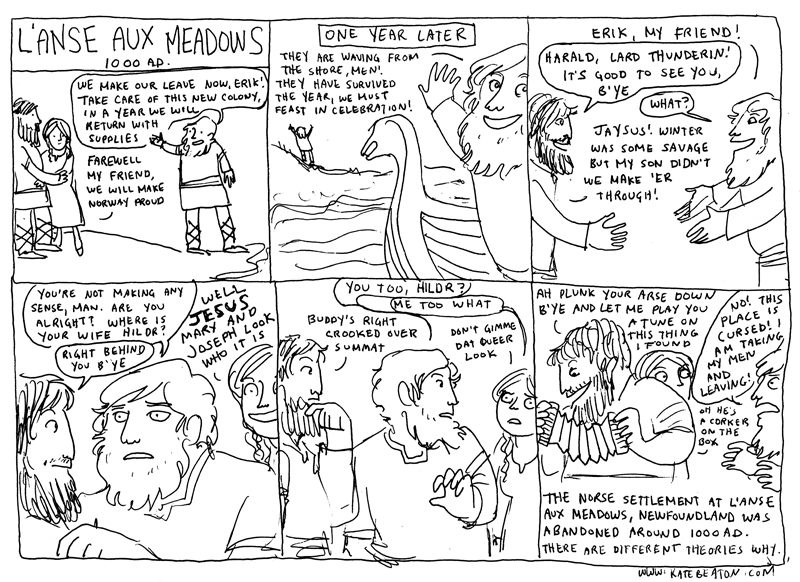(Duplicated from Bloom to Bar)Its NEVER as simple as it seems...
A saga of poor design and failed materials
Day 47
In my original proposal, I had included two weeks for shop conversion and preparation directly for this project. Along with laying out the space to dedicate it to project work, I had included some time specifically to finish setting up the hydraulic forging press. (I had purchased and started working on the building the press over two weeks before I even knew I had been awarded the grant.)
You know what they say about grand plans and good intentions...
The 30 ton
hydraulic forging press is critical to the bloom to bar work. As I have mentioned before, my 50 lb air hammer is simply too small, both power and die size, to work the blooms. This is especially true of the larger ones, in the 7 - 8 kg range. These masses are roughly the size of half a basket ball. Imagine attempting to balance, and compress that, on a die surface only 1 1/2 by 4 inches.
One of the major problems I have encountered with installing the hydraulic press is with the engine exhaust. The press uses a 5 hp gasoline engine to drive the hydraulic pump. The way I re-worked the original log splitter equipment into a forging press places the engine exhaust such that it would end up blowing straight on to the operator. Hardly ideal.
The solution was to install a system of piping that would both contain and vent off the exhaust completely outside the building.
Which has proved far more difficult that I expected.

Exhaust System, mark 4
The problem has been two fold:
1) Leaking fumes from the various joints between fittings
2) Vibration from the gas engine
My initial idea to combat leaks was to eliminate / reduce the number of joints, and tape over all the joints. I normally use a thin aluminum tape, designed for heating duct work, around the smelting furnaces. The aluminum has a quite high melting point, and easily crimps over irregular surface.
The problem with the tape is that the resin based adhesive burns off at the kind of temperatures that the hot engine exhaust produces. Especially close to the exhaust port - which also happens to be the place most of the pieces are stuck together.
(The engine port is roughly 1 1/4 diameter. I've modified the original cover with a short piece of pipe. Next I made up an aluminum conical fitting that expands out to 3 inches. To that is attached commercial fittings : a 3 inch adjustable elbow, a short section of 4 inch duct pipe, then a 4 inch adjustable elbow. All have joints to secure.)
So the first tape job lasted about 15 minutes.
I pulled off this tape, re-applied fresh stuff. I wound a length of thin wire over the whole section, bracing over all the joint segments. Then I put another layer of tape over the wire.
That tape job lasted about a hour.
On the end of the elbow, I had placed a length of flexible aluminum hosing, normally used for clothes dryer vents. Although this material was a bit thinner than I would have liked, it also came as a single 20 foot length. I could run the end right out the shop door.
Too flexible and too fragile - the vibration tore up this hosing about an hour into the press operation.
I was getting pretty frustrated at this point. I'd spent much more time on fixing the venting than doing forge work. I decided to give up and head into town. Brent at my local McDonalds Home Hardware (in Dundalk) suggested a fiberglass repair tape intended for fixing mufflers. "How good does this stuff stick" says I. "I used it one time for an emergency road repair, then had to cut the pipe off because I never could remove the stuff." says Brent. "But its expensive..." Like $4 for 36 inches. He has one package, which I buy, and tell him to order me another (which turned out to have been smart).
I also get a different type of expandable aluminum dryer hose, this less flexible and considerably heavier weight. This is the stuff I use on my forge blowers in the shop. It is twice as expensive, and only half as long.
Next day, I pull off the round two tape, lay down one layer of new aluminum, re-bind the wire over it. Did I mention that this fiberglass stuff needs heat to set and cure it? So I have to turn the engine on, breathing exhaust and trying not to burn my fingers. I cut and set the repair tape. Of course when it is warm, the damn stuff slides all over the place. I lay down another layer of aluminum tape to hold the fiberglass in place until it cures. Turn off the engine, attach the heavier semi-flexible hose. Now wait for the fiberglass to cool and set.
This was all the week of March 5 - 9. By that point I was supposed to be focused on bloom forging - not equipment. I had scheduled a workshop day with blacksmiths
Kelly Probyn-Smith and
David Robertson for Thursday March 8. Kelly had to cancel on short notice. David did come over, and we spent about four hours (a long work session for forge work!) experimenting with the hydraulic press.
Only to find that although the fiberglass tape held well, the hosing did not. Two tears in it, both from the vibration.
At that point I had the OABA demonstration to prepare on Friday, the demo of the Aristotle furnace to mount Saturday. I was leaving for the combined Smeltfest and research trip on Tuesday crack o dawn. I had not done any serious trip planning or any packing for that either.

Press Venting - complete
(Leaving out the two days spent figuring out why the brand new engine will not start. Read as 'water in the gas, stupid')
So on the way home from Smeltfest, I stop at the Shelburne Home Hardware, and get more elbows, several lengths of heat vent pipe. (No, I do not have measurements)
I get 'serious' on the vent installation. More fiberglass tape on all the joints right at the press. All joints secured by screws. All joints in the whole system taped with aluminum. Solid pipe throughout. Pipe is supported on bungee cords to dampen vibration.
Add another day because I'm short on the pipe required.
Add two days (one for snow, one for rain) because I have to climb up on the roof to fit the vent cover through the upper shop wall.
You can see the finished system runs the exhaust up the side of the press, then over to the shop wall. Over the top of the lower section (12 inches of concrete) to the upper wooden and metal sheeting covered portion. There is a standard dryer vent that now exhausts (most all) the fumes to the outside. And some of the noise too.
Total time expended : better part of a week's work sessions.
Total additional cost : over $100

Movable base plates for the press
Yesterday, along with some very good bloom forge work (report to come) I made up a pair of extra base plates for the press. I just happened to have a piece of 1 x 6 plate in the shop. It proved just long enough to make three individual base plate pieces. The largest covers pretty much the entire press base, serving to raise the work surface up an extra inch. The smaller pieces fit nicely under the flat die I had already made for the press head. These two new base plates both have flanges on their edges (not clearly visible here) which solves the vibration problem I was having with pieces just set on the press base frame.
The bottom edge of the tape seen on the right side of the frame indicates the location of this flat plate die with the ram at full extension. You can see that with the two new base plates in place, the flat die will actually come to contact before the ram is at full extension (remember that there would be a piece of hot metal in there too.)













































